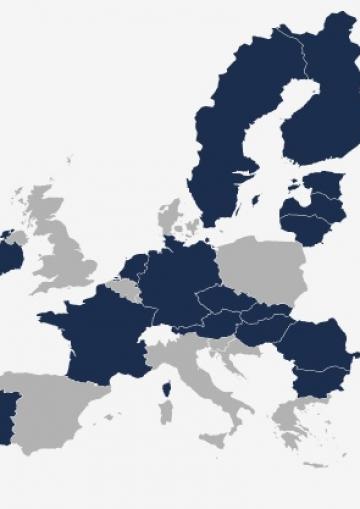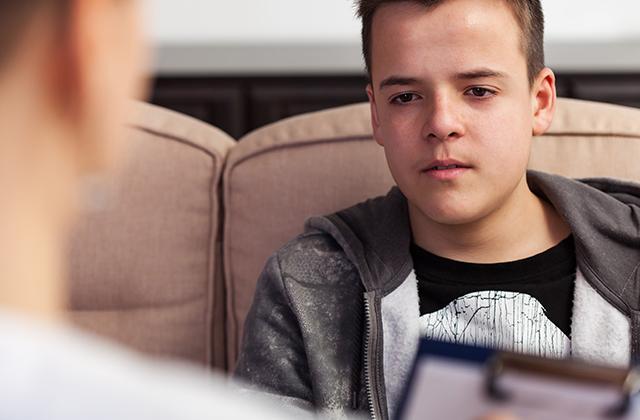National legislative and policy frameworks are a key component of any child protection system. The data presented here concern EU Member States’ frameworks.
An integrated child protection system requires a national legislative framework that creates a safe environment for children. It needs to ensure respect, protection and fulfilment of the rights of the child according to the principles and provisions of the United Nations Convention on the Rights of the Child (UNCRC). In addition to developing overarching children’s rights statutes, it is essential that all relevant sector-specific laws, such as those on education, health and justice, reflect the UN principles and standards.
Several Member States, such as Estonia, Ireland, Malta, the Netherlands and Slovakia are revising, or have recently revised or restructured, their child protection systems, including the legislative frameworks. In Malta, for instance, this led to the 2014 adoption of a Child Protection Act.
More information on national legal instruments can be found below
View full dataset in data explorer.
Key findings
- Not all EU Member States have developed a consolidated act devoted to child protection issues.
- National legislation targeting particular groups of children and/or particular child protection issues, as well as sector-specific laws, are not always aligned with overarching national child protection legislation.
- In federal Member States and in states with autonomous communities regional laws are not always harmonised, leading to disparities in availability of and/or access to services within a Member State.
- The fragmentation of and limitations to national legal frameworks keep certain groups of children who face particular challenges from accessing some rights and receiving adequate and quality services:
- children with disabilities;
- children belonging to ethnic minorities;
- children in juvenile justice systems;
- irregular migrants;
- unaccompanied and separated children.
Eighteen EU Member States have a key legal instrument devoted to child protection, which addresses identification, referral and assessment of child victims of violence, abuse and neglect. These instruments contain provisions on the treatment of children deprived of parental care that fall under the protection of the state.
The United Kingdom does not have a common legal instrument. England, Scotland, Wales and Northern Ireland have each developed their own related legislation. In Spain, the autonomous regions have each elaborated their own laws. In Belgium, the federal states have done the same.
German and Austrian federal law addresses child protection responsibilities, setting forth the general framework and the key principles for drafting state and regional laws.
| EU Member State | National legislation on child protection framework on child protection and/or child rights |
Respective legal instrument |
|---|---|---|
| AT | Yes | Child and Youth Aid Act (Kinder- und Jugendhilfegesetze) |
| BE | No | |
| BG | Yes | Child Protection Act (Закон за закрила на детето) (CPA) |
| CY | No | Children Law (Ο περί παιδίων νόμος) |
| CZ | Yes | Act on Social and Legal Protection of Children (Act No. 359/1999 Coll.). An amendment of this act (Act No. 401/2012 Coll.) took effect on 1 January 2013 |
| DE | Yes | Federal Child Protection Act (Bundeskinderschutzgesetz – BKiSchG) and SGB VIII |
| DK | No | |
| EE | Yes | Children Protection Act of the Republic of Estonia (Eesti Vabariigi lastekaitse seadus) (1992) |
| EL | No | |
| ES | No | |
| FI | Yes | Child Welfare Act (Lastensuojelulaki / Barnskyddslag, 417/2007 |
| FR | Yes | Law No. 2007-293 of 5 March 2007 reforming child protection (Loi No. 2007-293 du 5 Mars 2007 réformant la protection de l’enfance) |
| HR | No | |
| HU | Yes | Act No. XXXI of 1997 on the protection of children and the administration of guardianship affairs (1997.évi XXXI. törvény a gyermekek védelméről és a gyámügyi igazgatásról) |
| IE | Yes | The Child Care Act 1991 and the Child Care (Amendment) Act 2013 |
| IT | No | |
| LT | Yes | Law on the Fundamentals of the Protection of the Rights of the Child (Lietuvos Respublikos vaiko teisių apsaugos pagrindu įstatymas) |
| LU | No | |
| LV | Yes | Protection of the Rights of the Child Law (Bērnu tiesību aizsardzības likums) |
| MT | Yes | Bill 45 of 2014 entitled Child Protection Act (Out of Home Care) 2014 |
| NL | Yes | Youth Care Act (Wet op de Jeugdzorg) |
| PL | No | |
| PT | No | Law 147/99 of 1 September 1999 for Protecting Children and Young People at Risk (Lei n.º 147/99, Lei de Protecção de Crianças e Jovens em Perigo), amended by Law 31/2003 |
| RO | Yes | Law No. 272/2004 (Legea 272/2004 privind protecţia şi promovarea drepturilor copilului), republished in 2014 |
| SE | Yes | Care of Young Persons Act 1990:52 (Lagen med särskilda bestämmelser om vård av unga, LVU) |
| SI | No | |
| SK | Yes | Law No. 305/2005 on Socio-Legal Protection of Children and Social Guardianship (Zákon č. 305/2005 Z. z. o sociálnoprávnej ochrane a sociálnej kuratele)
|
| UK | No |
Source: FRA, 2014




